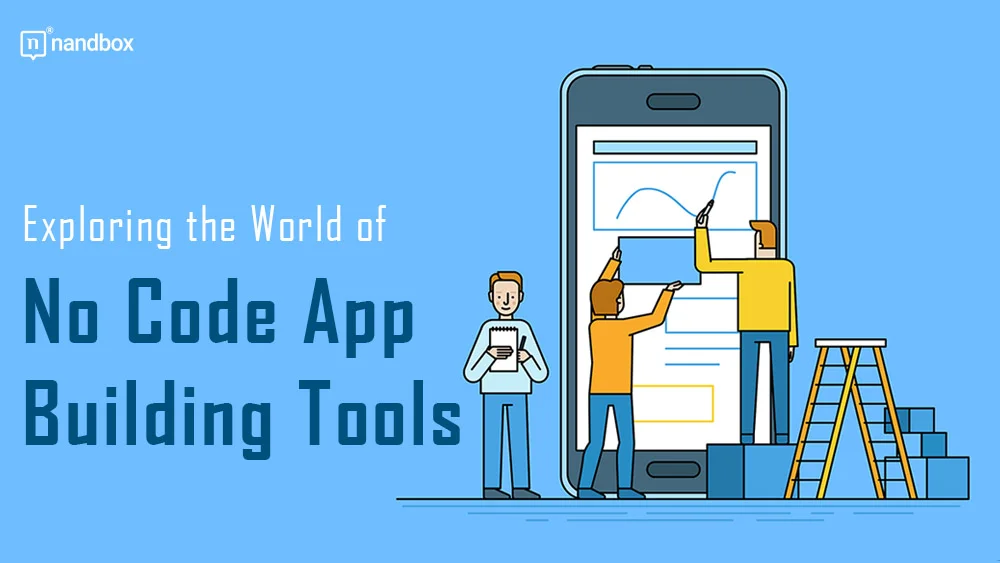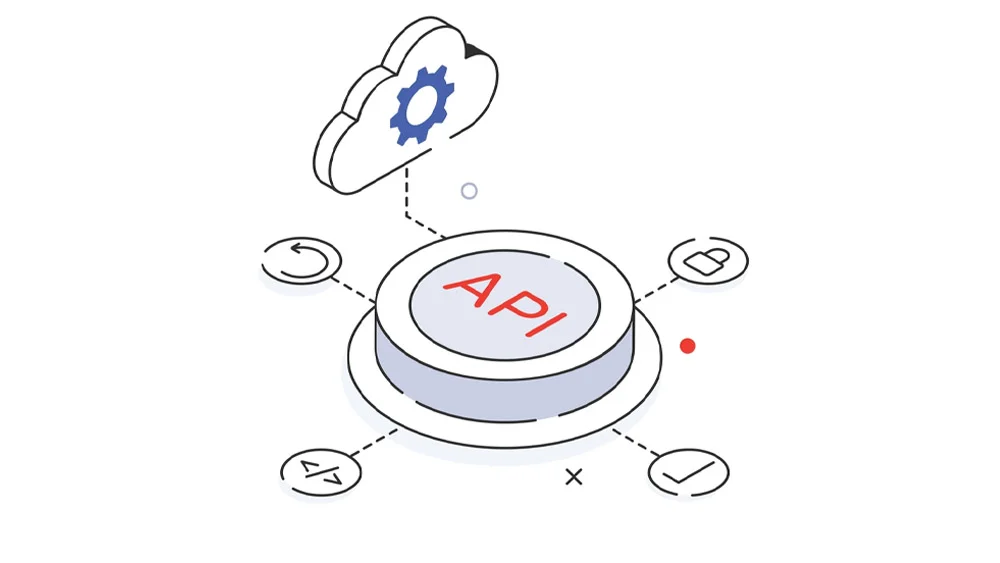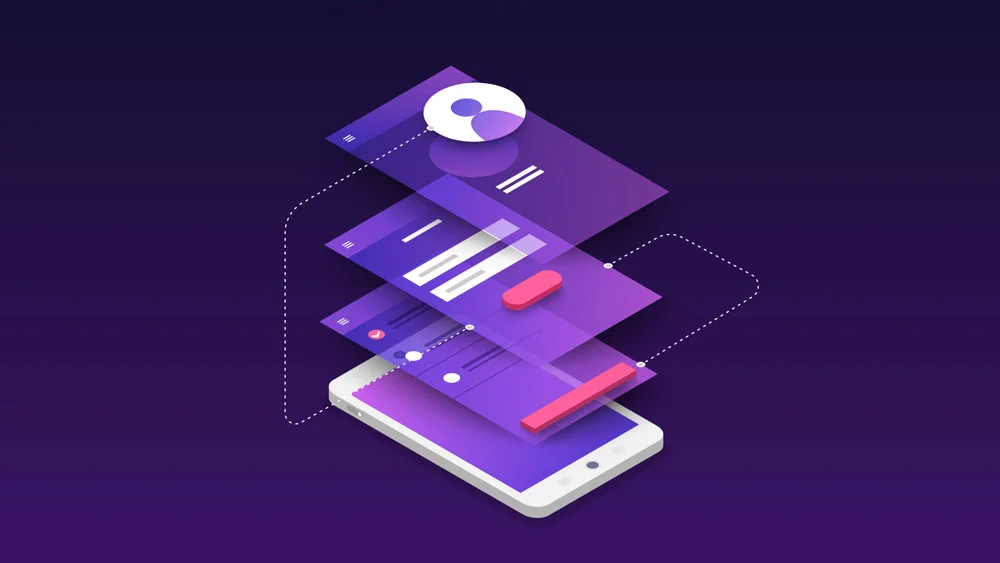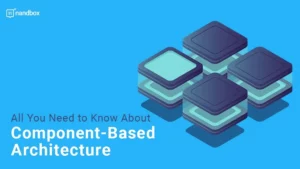Exploring No-Code App Building Tools
No code is limitless, unlike what everyone might think. What no code has done for app development in the last couple of years is revolutionary. It has helped transform the app development process from something unattainable by amateur developers and beginners to something very accessible and doable. The process went from being expensive and complex to affordable and available, thus making the role of no code undeniable. The no-code tools and solutions tackled each part of the development process with advanced sets of features and resources. But, in addition to being available, was this actually effective? This is what we are going to learn in this article. This article will tackle everything regarding different no-code app building tools, how they impact the process, and to what extent they are effective.
What is No Code and How Did It Start?
The history of no code is quite fun and very eventful, given that it dates back to more than 30 years ago. So, let’s meet fun with fun and tell the story of this advanced movement briefly (not really)
Well, it all started in the mid- or early-’80s, when the world of computers and software solutions was relatively new. People were still fascinated with these new technologies. However, they were completely unaware of the exceptional transformations that would be waiting for them in the future. Since all of this was still relatively new, the number of developers and programmers was still low compared to the increasing demand. This initiated the concept of maybe not depending on developers or coding. This was included in the famous book “ Application Development Without Programmers.”. This idea never went away as visual programming started to become a thing. However, it was set aside for some time.
The WWW Craze
Fast forward to the early 1990s, when the World Wide Web became accessible to everyone. People and businesses started to explore ways they could establish an online presence. However, this wasn’t easy, as creating websites back then required extensive knowledge of HTML. Mind you, this was not the easiest thing to learn at the time. However, people were able to pull off Justin Bieber’s Never Say Never. They came up with an ultimate way through which they could create websites and they started creating all sorts and types of websites. These platforms were the earliest form of no-code and would actually be considered no-code later.
It wasn’t until the 2000s that the name “no code” started to become recognizable, with platforms like WordPress appearing in the picture. The era between the early 2000s and the 2010s was definitely the hit start for no-code. No-code platforms were being used for many purposes, not just development.
What Are No Code App Building Tools
No code is always associated with app development. But this comes with a strong reason. Due to its no-code flexibility and advanced nature, the technology was able to fit perfectly with the requirements of app development and was posed as a great solution for the whole process. And this is where the term no-code app building tools came from.
No-code app-building tools are complete platforms that help individuals through many stages of app development. These tools would contain resources, documentation, tools, and features that streamline app building and aid developers through it.
How Did No-Code App Building Tools Benefit Developers in Different Stages of App Development?
Agile Development and Collaboration
Agile approaches and no-code development are complementary because they both emphasize continuous enhancement, teamwork, and constant improvement. In response to shifting needs, such as those resulting from user demand or shifts in the market, developers can move swiftly. All members of the development team, including designers, developers, etc., can work together seamlessly because of the no-code platform’s collaborative nature. This, in turn, promotes effective communication.
Community Support and Knowledge Sharing
A lot of no-code platforms have active discussions where developers can talk and figure out how to fix common problems. Developers can share knowledge, gain access to a plethora of resources, and keep up with the newest developments in the field of no-code development through this collaborative environment. The development process is always being improved with the help of community support, which increases developers’ skill sets and speeds up problem-solving.
Empowering Innovations in Niche Markets
With no-code technologies, developers may branch into unexplored niches. These might not otherwise necessitate the use of conventional development resources, all while keeping innovation alive. This paves the way for the development of niche apps for specific sectors or requirements, encouraging innovative thinking in areas with limited resources.
Easier Maintenance of Legacy Systems
Organizations may modernize and sustain their old systems with no-code platforms, eliminating the need for full rebuilding and reconstruction. To prolong the usefulness and functioning of legacy systems without completely rewriting them, developers can utilize no-code technologies to build interfaces, integrations, or features that work flawlessly with them.
Support for Multichannel Experiences
It is common for no-code platforms to facilitate the development of cross-platform apps. These apps can run smoothly on desktop computers, mobile phones, and even newer technologies like voice assistants and wearables. Developers can ensure a seamless and enhanced user experience across all platforms and devices thanks to the versatility that these no-code app-building tools offer.
Is No Code Limited to App Development and App Builders Only?
As we illustrated earlier in the very beginning, no code didn’t actually start for app development. Although the concept originated with a visionary look at the future of app development, it didn’t start with it.
No code has many functions and uses other than app building, which we are going to look into later. The movement took many forms over the years until it was able to tackle app development and all its hidden aspects. So, we can find that no code started by fusing with web development. It also had a great presence in the field of automation.
As long as no code can accomplish the main objective of empowering individuals to be aware and knowledgeable of the development realm, it can be used for different purposes, not only app development.
Types of No Code App Building Tools
API Integration and Building Tools
API integration tools are designed to help you integrate different applications and services together, all without having to write any special code. With the use of a graphical user interface, users may set up integrations between multiple systems, allowing for the sharing of information as well as the interaction of numerous apps. To build extensive and interconnected app ecosystems, these platforms are essential. Zapier is the biggest and most popular example of an API integration tool that is used by millions of users and businesses. In addition to integration, no code expanded the possibilities with APIs with no code API builders that help developers with the process of building custom APIs from A to Z. As per the API builders, there are plenty of tools like Akana and Apicurio.
Design and Prototyping Tools
Design and prototyping tools are a major part of no-code app building tools. No app can exist without a design, and a design can exist easily using these tools. Design and prototyping tools allow individuals to visualize the whole application before moving further with development. They can easily add all the features they intend to incorporate into their applications to see how they would fit. These tools also allow them to test the visuals in different environments, like different screen sizes and so on. Mockplus is one of the greatest design and prototyping app building tools. It allows designers to finish the whole job of designing an app in no time. With a great number of components and an interactive nature, this platform is ideal for people who are just starting.
Drag-and-Drop App Building Tools
Now for the star of the show and the most common type of no-code app building tool. Drag and drop app building tools are considered to be everything that a developer or an individual would look for to create an app. They often include features, pre-made templates, visuals, design components and so on. For instance, nandbox is one of the best examples of drag-and-drop app building tools that makes app development as easy as pie. With a huge list of templates in all categories and advanced features, the nandboxo offers an experience like never before. A user will also enjoy the intuitive drag-and-drop interface that makes implementing features simple. As soon as the user drags and drops the feature, it is good to go.








